Looking For The Difference Between Scotch, Bourbon And Indian Whisky? Here Are Your Questions – Answered
As a novice in the world of whisky, it is quite easy to feel a little muddled about the different kinds of whiskies out there and the differences between each blend, their production processes and their tasting notes.
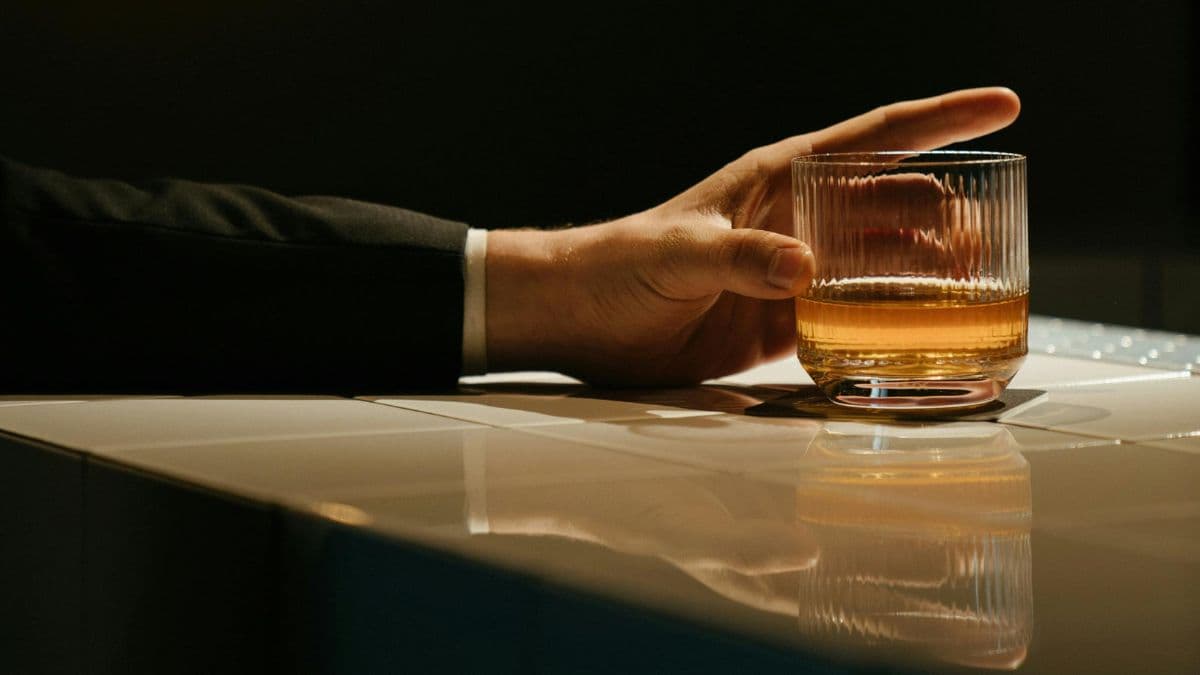
And a ton of questions are bound to come up, especially about the kind of grains used for making whiskies, where they are distilled and how, and what kind of flavour notes this brings into the spirits.
Let’s explore some of the more pressing curiosities around whisky-making across the globe:
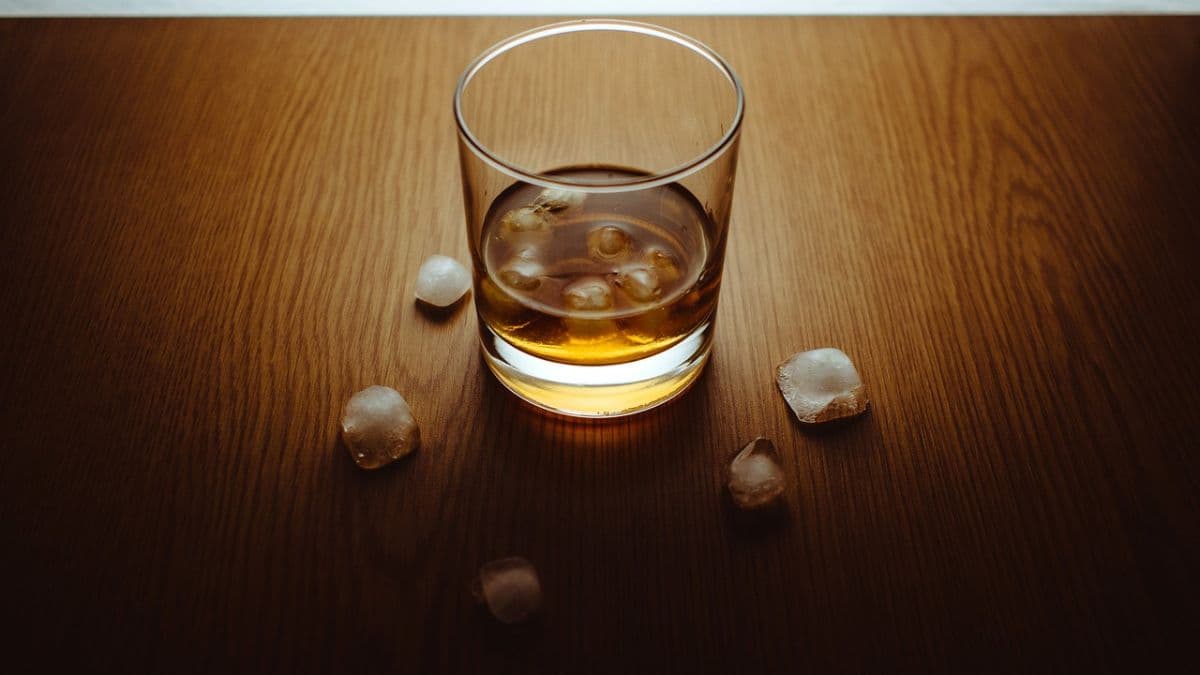
Where do Indian, Scotch and bourbon whiskies come from?
That’s easily answered!
Indian whiskies come from distilleries across Indian regions with major places being Goa, Karnataka and Maharashtra.
Scotch whiskies traditionally come from Scotland with major regions including Speyside, Islay and the Highlands.
Bourbon is one of the whiskies distinct to America and is prominently produced in Kentucky.
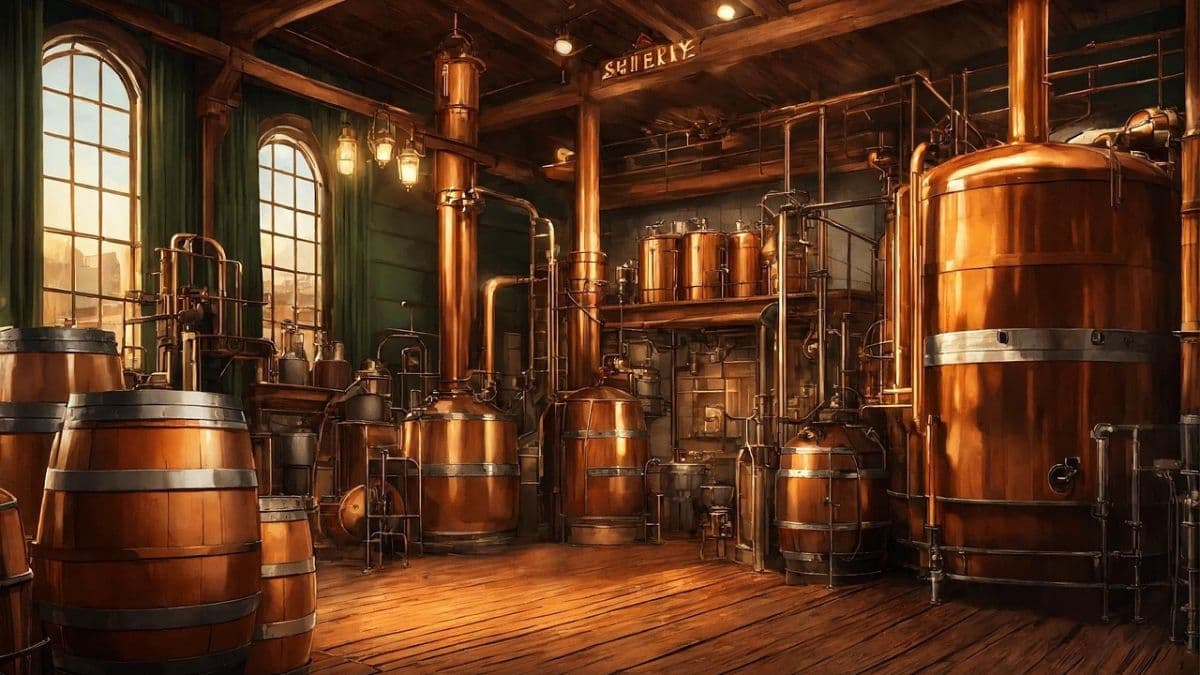
What are the grains used to make each whisky?
Indian whisky is often made using molasses-based spirits or malted barley.
Scotch whisky is typically made using 100% malted barley; or barley is mixed with other grains for crafting blended scotch.
Bourbon is made using at least 51% corn with the rest usually being rye, wheat or malted barley.
How are these whiskies distilled and aged?
Indian whiskies are distilled in pots and columns and aged for a shorter period because India’s hot climate quickens the aging process.
Most single malt Scotch whiskies are distilled in pot stills and aged for a minimum of 3 years in oak barrels.
Bourbon is distilled in column stills and aged in new, charred American oak barrels, usually for more than 4 years.
Also Read: Bourbon vs. Scotch vs. Irish Whisky: How They Influence Cocktail Styles
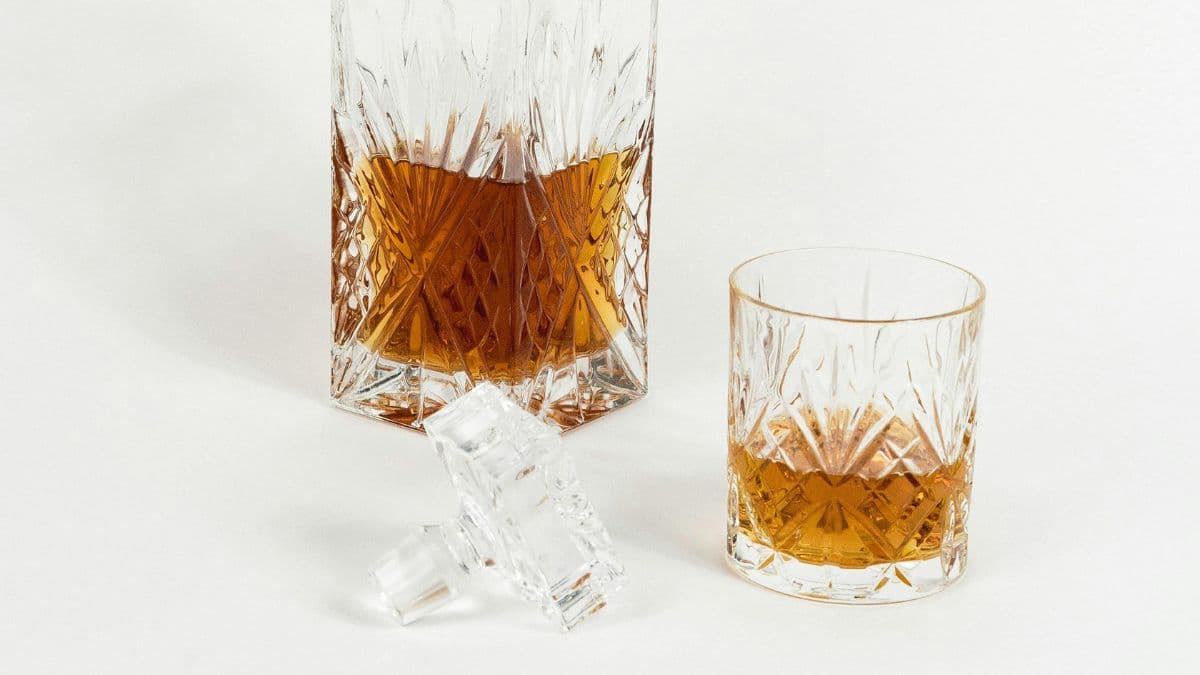
What is the difference between the flavours of these three whiskies?
– Indian Whisky:
Carries spicy, tropical, fruity notes with a hint of toasted oak. Can be robust, smooth and delicate depending on the distillery and production process.
– Scotch Whisky:
Wide range of flavours from peaty and smoky characteristic of Islay scotch to light and floral, found in Lowlands to fruity and rich from Speyside. Scotch whisky flavours are often subtle yet complex. Scotch matures slowly which means more intricate and layered flavours are built into this spirit as it ages.
– Bourbon:
Slightly sweet with robust notes of vanilla, caramel, oak and corn. Sometimes, high-rye bourbons can be slightly spicy whereas wheated bourbons may carry a softer, smoother finish. Matures relatively quickly often resulting in a sweet, oaky depth and richness.
What are the regulations governing each whisky?
Indian whiskies are less tightly regulated. Some brands may blend neutral spirits with different flavours whereas premium brands follow international standards of making 100% grain whiskies.
Scotch whiskies are distilled in Scotland, aged for at least 3 years and are so regulated that they are made using only grain and water without any additives.
As for bourbon, it is a whisky that must be prepared in America and contain at least 51% corn. It ought to be aged in new charred oak barrels with a distillation that never crosses 80% ABV.
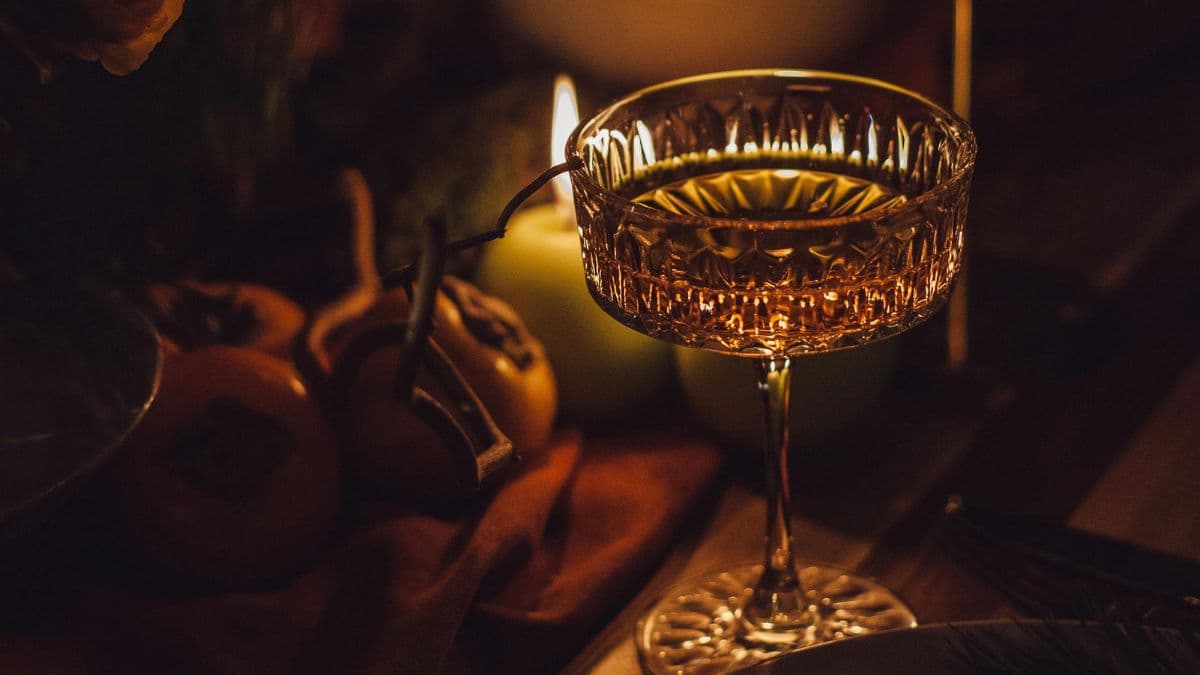
Which whisky is best for cocktails?
Indian whisky works well for classic cocktails like old fashioned or whisky sours particularly when infused with regional flavours.
Scotch whisky is an interesting addition to highballs, Rob Roy, or penicillins. Peated scotches on the other hand are best served on the rocks.
Bourbon is an integral element in cocktails like the mint julep. It is also an excellent addition to drinks like old fashioneds and manhattans because it can lend them a lot of sweet and spicy notes.
Drink Responsibly. This communication is for audiences above the age of 25.




